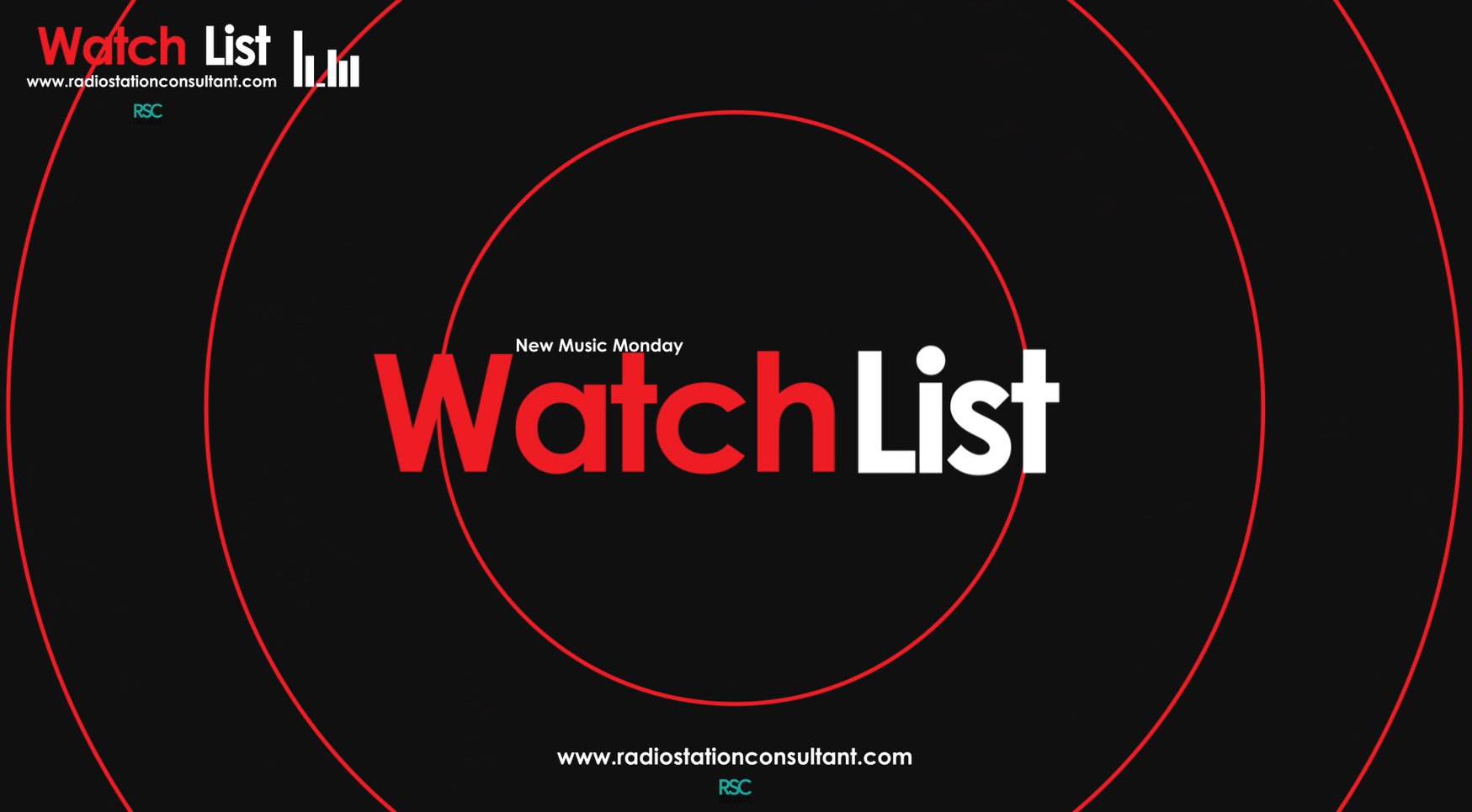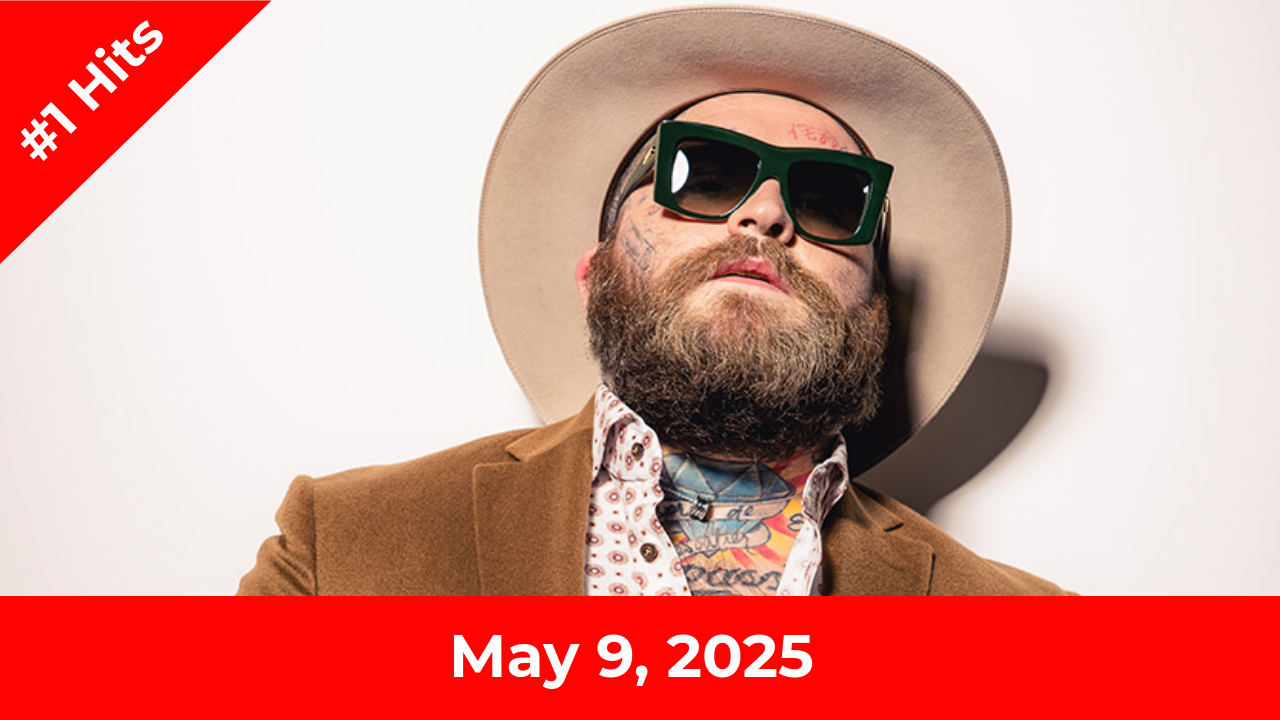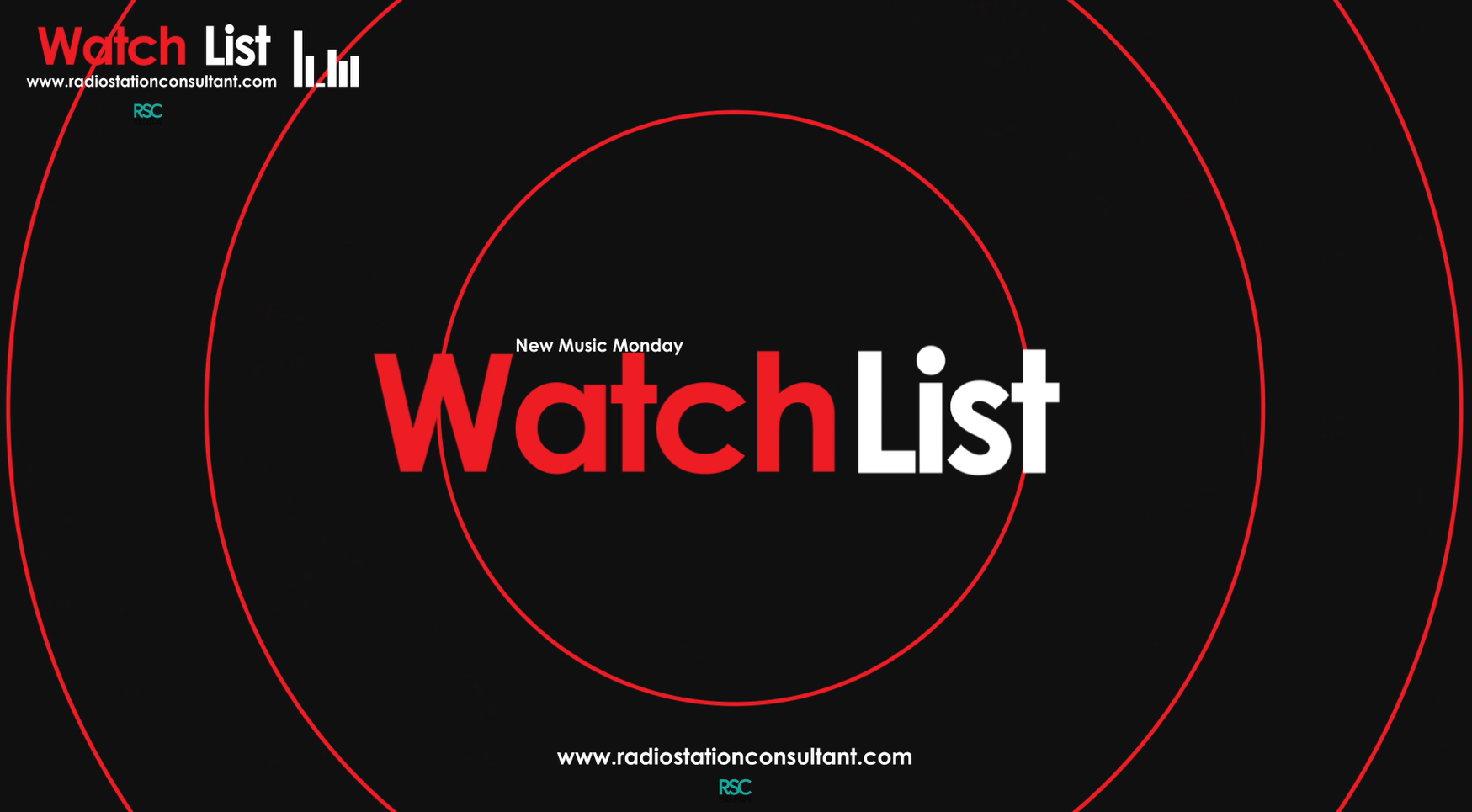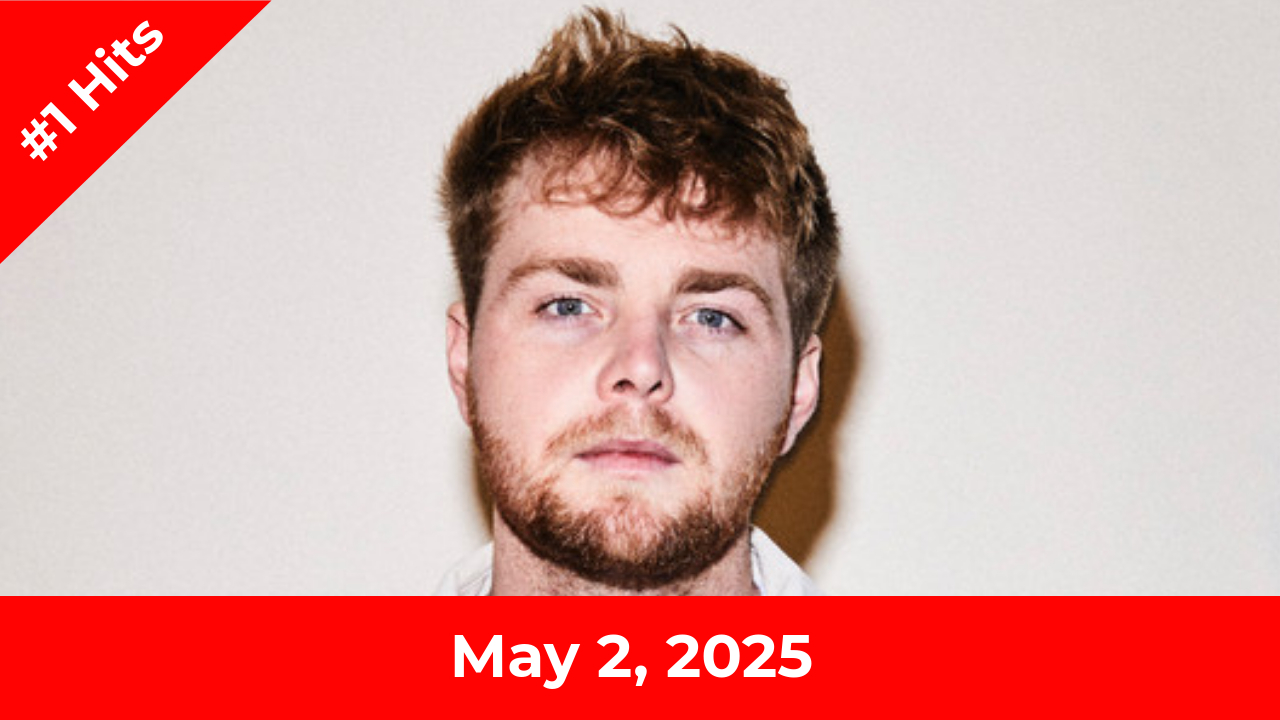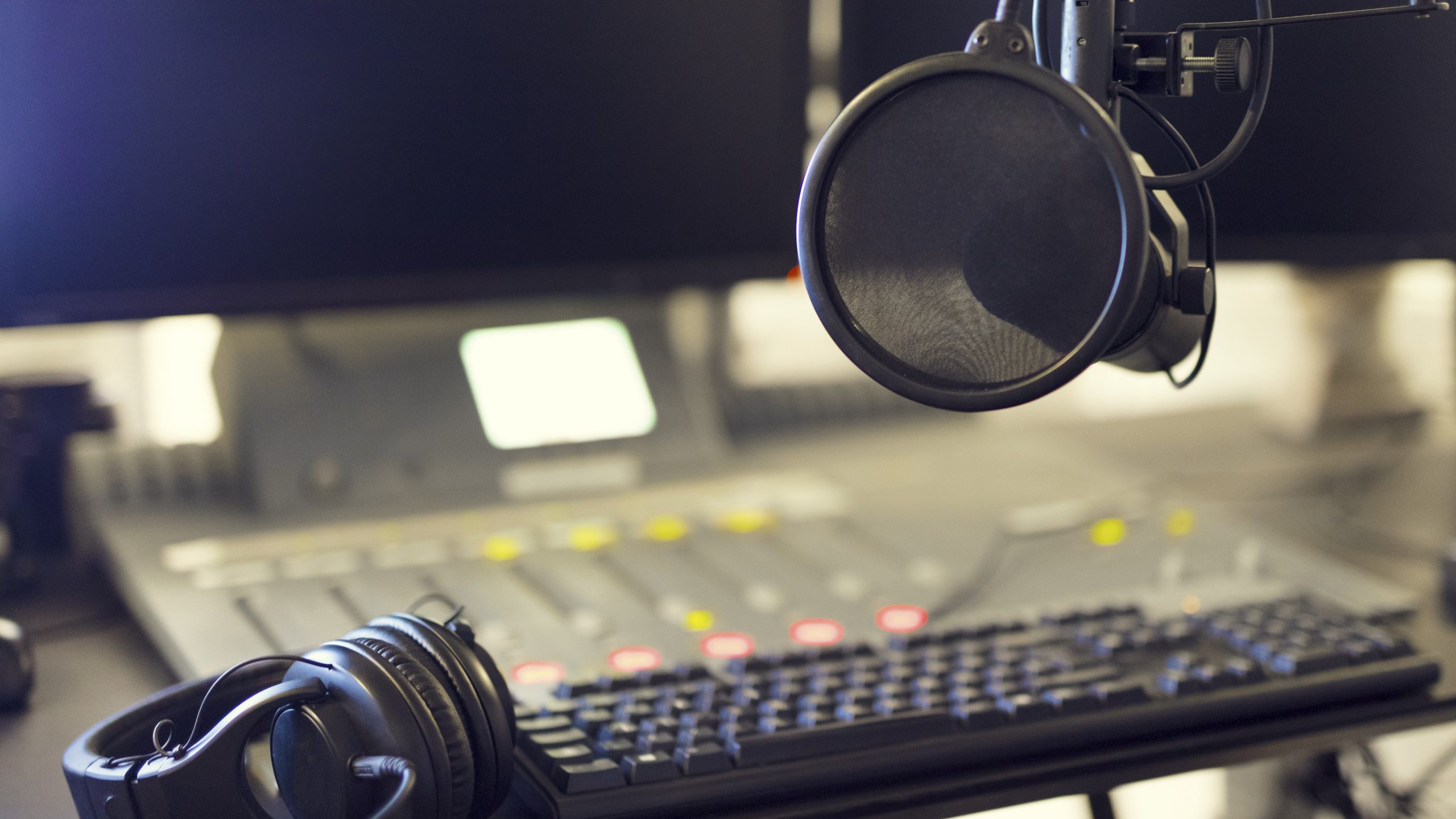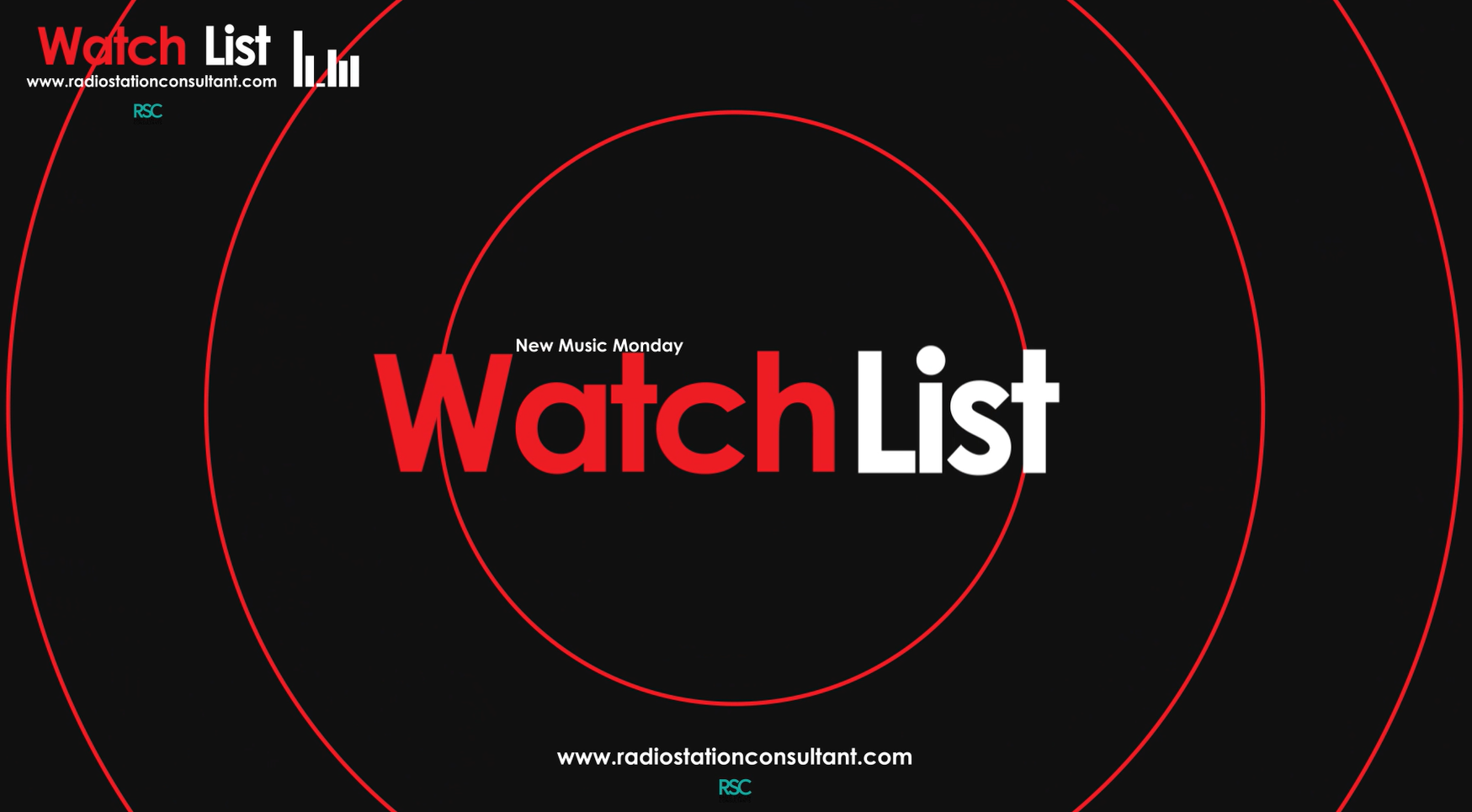You’ve secured the location. The promotions team is in place. The talent is prepped. The gear is working (miracle!). You’ve checked off (nearly) everything on your Live Broadcast Checklist. There’s just one more thing, and here comes the wild card: the client. Let’s be honest—clients can make or break a sponsored event. Not because they intend to interfere, but because they’re invested in outcomes they often don’t fully understand. Your job is to deliver results while protecting the integrity of the show. Managing the client at a live broadcast starts by managing expectations in advance!
This is a subtle task that requires planning, communication, professionalism, and cooperation from stakeholders in different departments. Also patience. It starts with the account executive and/or sales manager. Next in line is the promotion and marketing manager. Then comes the point person at the event, usually a producer or promotions assistant. Finally, the air talent backed by the program director is the last line of defense.
When everyone is on the same page and this is done well, it leads to a happy partner, a smooth broadcast, and a better chance of future business.
Set Expectations Before the Broadcast
The biggest problems come from clients not knowing what to expect and stations not clarifying it beforehand.
Define the Format
Make sure the client understands this is not an infomercial. It’s a live broadcast of the regular show, enhanced by the energy and atmosphere of their location. Explain that the goal is to attract and entertain the audience, which will naturally benefit their brand. If they expect to be on-air every break—or worse, to “say a few words” unplanned—it’s a red flag. Set boundaries enthusiastically and positively.
Agree on Deliverables
Confirm what they’re getting. They should know the minimum number of live mentions or interviews. Most of these could be handled with station imaging and promos, so it doesn’t fall entirely on the talent. Include accounting for pre-recorded spots or liners to promote the event. If you’re promoting on social media, include a schedule of posts or videos. Also include details on streaming live on Facebook or YouTube. Show them what to expect on-site and ensure they have the space (and visibility) you need. Include details for on-site signage, logo placement, personality staging, handouts, etc.
Put it in writing. Confirm it again in person.
Designate a Client Wrangler
Assign someone—ideally, the promotions team leader or account executive—to be the client’s point person. Everything goes through this person. Don’t put talent in a position of compromising the show’s quality by saying, “No.” And, you don’t want them distracted from performing and interacting with fans. This allows the air talent to focus on performance and prevents the client from derailing segments with last-minute requests.
The wrangler should meet the client in advance. AEs should take her to a pre-event meeting to answer questions. When you arrive, the wrangler should greet the client immediately. Give them your mobile number and instruct them to communicate with this point person for everything.
Then, walk them through the event setup and answer questions or concerns. Confirm the broadcast schedule, and keep them informed during the event. If the show is on Facebook Live, invite the client to a short interview (online only) if they want. This proactively provides a place for them to shine and keeps them off the radio show. It also leads to a calm and happy client.
Pro Tip: The AE should not be the wrangler, and do not allow the AE to negotiate anything with the wrangler or client. If a client asks the AE a question, he or she should refer them to the wrangler. Don’t let it become a “Mom said no, so I’ll ask Dad” situation.
Coach the Client (Gently)
If the client is going to be interviewed (live online or recorded), help them succeed. First, if it’s going on the air, make sure it’s recorded only. No exceptions. Then someone has to edit it before it airs. For best results, record it on video and provide it online only! But regardless of how you use it:
Give them a cheat sheet with 2-3 key messages to ask—keep it light, not scripted.
Remind them to avoid clichés. (“We have the best selection and lowest prices in town!” is not a story.) Find a story!
Encourage storytelling. Help them share why they care about the event, business, or cause.
Clients want to shine, but they usually aren’t very entertaining. Your job is to guide them to it. The client may think that more airtime equals more value. You know better. Listeners tune out fast when they sense a segment is for the sponsor, not them. Stay true to your format: Hit your benchmarks, keep segments tight and punchy, and don’t let the client “wing it” with a live mic.
Let the event provide the setting, not the content. You’re not broadcasting a ribbon-cutting show—you’re performing a show that happens to be there.
For details on managing client interviews, get the book Mic Drop Moments.
Give the Client the Win
When it’s over, the client should feel like a hero—even if you’ve had to manage chaos behind the scenes.
Take photos with the talent and send a few in a follow-up email. Post them online with a thank-you, hashtags, and links to event videos.
Create a highlight reel or audio montage of their interview or crowd energy. Put it on YouTube and give them the embed code to promote on their site, too.
Thank them sincerely and enthusiastically. Do it in person so they walk away thinking: “That was amazing. We’ve got to do that again.” Then follow up with a handwritten note from the personality thanking them.
Know When to Say No
Sometimes, the client asks for too much: a second interview, a last-minute sponsor read, a shoutout for their cousin’s bakery. Say no. Respectfully but firmly.
Why? Your audience matters more, and protecting the quality of the show is protecting the client’s investment. If you run listeners off, nobody hears their message. You’re not being difficult—you’re being a pro.
This is where air talent and PDs must support each other. Let sales know the show comes first, and everybody wins when the broadcast sounds great.
Final Thought
Managing the client at a live event is part diplomat, showrunner, and magician. But if you do it right—before, during, and after- the result is a powerful experience that drives results and deepens relationships.
Remember: The client is not your audience. The listener is your audience. But if you take care of the client through the listener’s ears, you’ll win both.
Pic designed by jcomp for Freepik.com.
Tracy Johnson is a talent coach and programming consultant. He’s the President/CEO of Tracy Johnson Media Group. His book Morning Radio has been described as The Bible of Personality Radio and has been used by personalities worldwide. Tracy is also the creator of Radio Content Pro an AI-powered show prep service that addresses all three of these triple threat filters by putting stories in radio speak and giving you teases, on-air copy, responses, phone topics, social copy by platform, blog copy and more.




